The wild mallow is a mucus drug that, due to its active ingredients, has a soothing and anti-inflammatory effect. Mallow has been very popular in folk medicine since ancient times and can be easily prepared at home.
Occurrence and cultivation of the mallow

Malva sylvestris or Malva negleita is a biennial plant that can usually grow up to a meter or, with suitable growth conditions, up to 3 m.
The rough-haired stalk of the mallow have long-stemmed, velvety heart-shaped or kidney-shaped leaves that are alternately arranged. The herb blooms between May and August with delicate but showy lavender to violet flowers with darker veins. Each flower consists of five deeply edged petals.
The wild mallow grows on fields, hedges and fallow land not only in Europe but also in the United States, Canada and Mexico. The seeds of the mallow look like cheese slices, which is why the wild mallow is also known as the cheese flower in some regions. When the mallow begins to bloom, the leaves lose their deep green color and the plant as a whole becomes luscious.
Application & use
Main active ingredients of mallow are the abundant plant mucilage and tannins that have proanthocyanins, rosmarinic acid and anthocyanins. The mucus is made up of a compound of carbohydrates that give the mallow its calming properties.
Clinical studies have since shown that this carbohydrate compound can influence the immune system of the human body, which is why it has moved more into the focus of medical research. The flavonol contained in the flowers contains glycosides with a gossypin-3 sulfate, kaempferol, hypolaetin, methylhypolaetin and isoscutellarein. The strong color of the flowers is based on anthocyanin (Malvin), a water-soluble pigment.
The leaves and flowers are harvested from June to September. The dried drugs Malvae Polium and Malvao Flos are used as tea or tincture. To make an extract, two teaspoons of dried or fresh mallow leaves are poured over a quarter liter of lukewarm water and left to steep for 5 - 10 hours. A decoction for compresses is carried out for 10-15 minutes in the same mixing ratio.
In ancient times, the mallow was considered an effective aphrodisiac and was used as a pregnancy test. If a plant that was wetted with the woman's urine was in bloom, pregnancy seemed certain. The mallow was pinned to doors and wrapped in garlands or wreaths. In the Middle Ages, a nutritious porridge was made from the seeds of the wild mallow to nurture weak children. The young leaves are sometimes prepared as wild vegetables, and the boiled roots are sometimes used as a protein substitute.
Today the strengthening properties of the active ingredients are used in natural cosmetics. In particular, low-irritation cosmetic products for children and strengthening hair shampoos contain mallow extracts. Newer product developments for special mattresses for bedsore patients or allergy sufferers are also mixed with irritation-relieving extracts of mallow.
Significance for health, treatment & prevention
Pliny already recommended the use of the wild mallow to eliminate nausea. During the 16th century, the mallow took on a status as "omnimorbia" - panacea, of which today its use as an anti-inflammatory agent has proven itself.
All parts of the mallow plant also have an astringent, laxative, diuretic and expectorant effect. The irritation-relieving properties of the flavonoids make the mallow a suitable agent recommended by the BGA for relieving irritation, swelling and minor inflammations. As a rule, the drug is used as a tea or gargle solution to treat inflammation of the gums, gastritis and peptic ulcers, laryngitis and pharyngitis, catarrh of the upper respiratory tract or bronchitis, because the mucus contained in the mallow forms a protective layer on the inflamed mucous membranes.
The active ingredients develop particularly well in tea blends with eucalyptus or primrose root. Mallow extracts can also be added to bath water to heal skin diseases and promote glowing skin. As a compress, the drug is used to heal abscesses, simple burns and reduce swelling due to insect bites by detoxifying the affected areas.

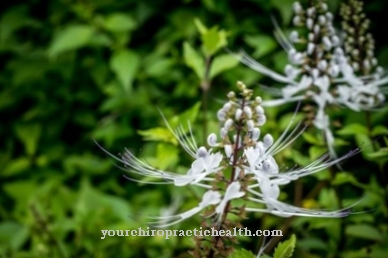
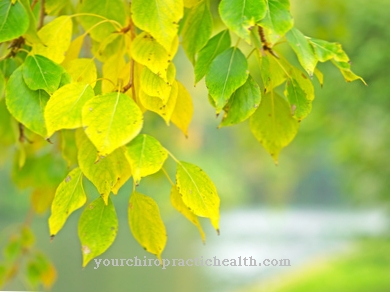
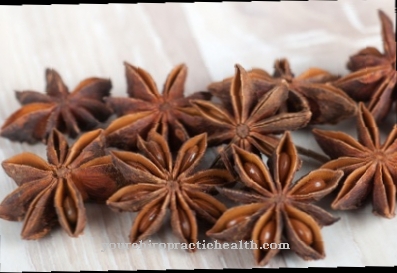
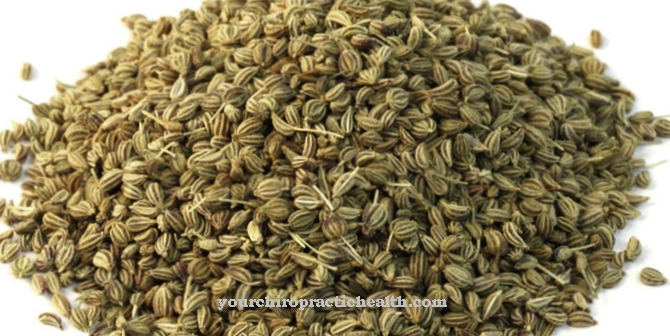

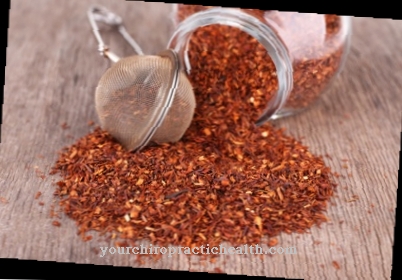





.jpg)



.jpg)










.jpg)
